On show as part of the 25th anniversary of the Good Friday Agreement, the Belfast artist’s 21 portraits gesture towards a stoic, complex understanding of womanhood
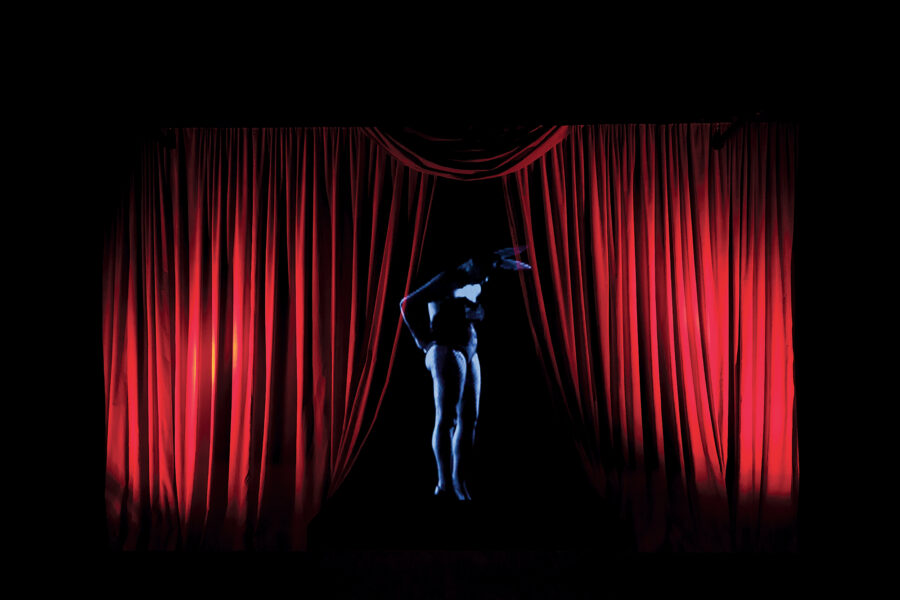

On show as part of the 25th anniversary of the Good Friday Agreement, the Belfast artist’s 21 portraits gesture towards a stoic, complex understanding of womanhood
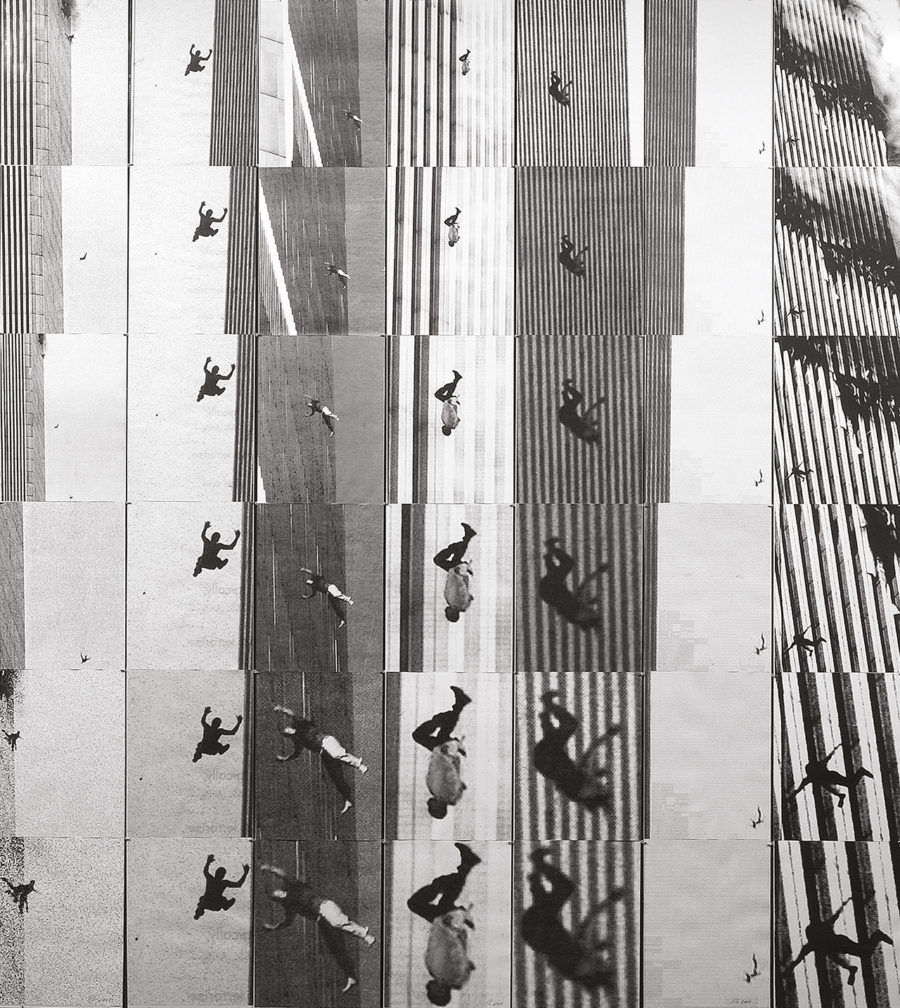
Through her radical mixed media and performance art, Schneemann blazed a trail for liberating feminist expression. Often placing her nude body at the centre, she rallied against misogyny and patriarchal attitudes, asserting that the personal is political
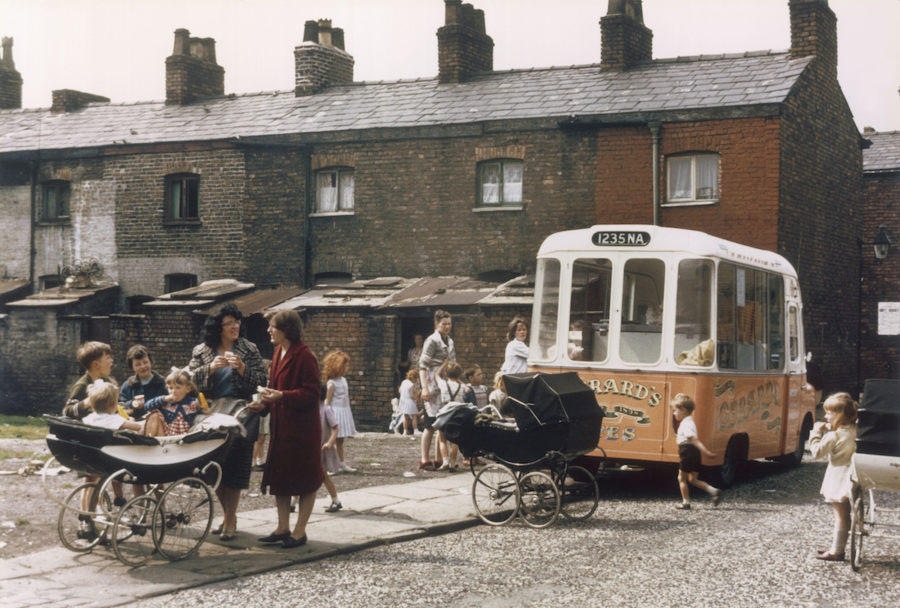
The show highlights the well-known and overlooked artists who captured the mood of the era
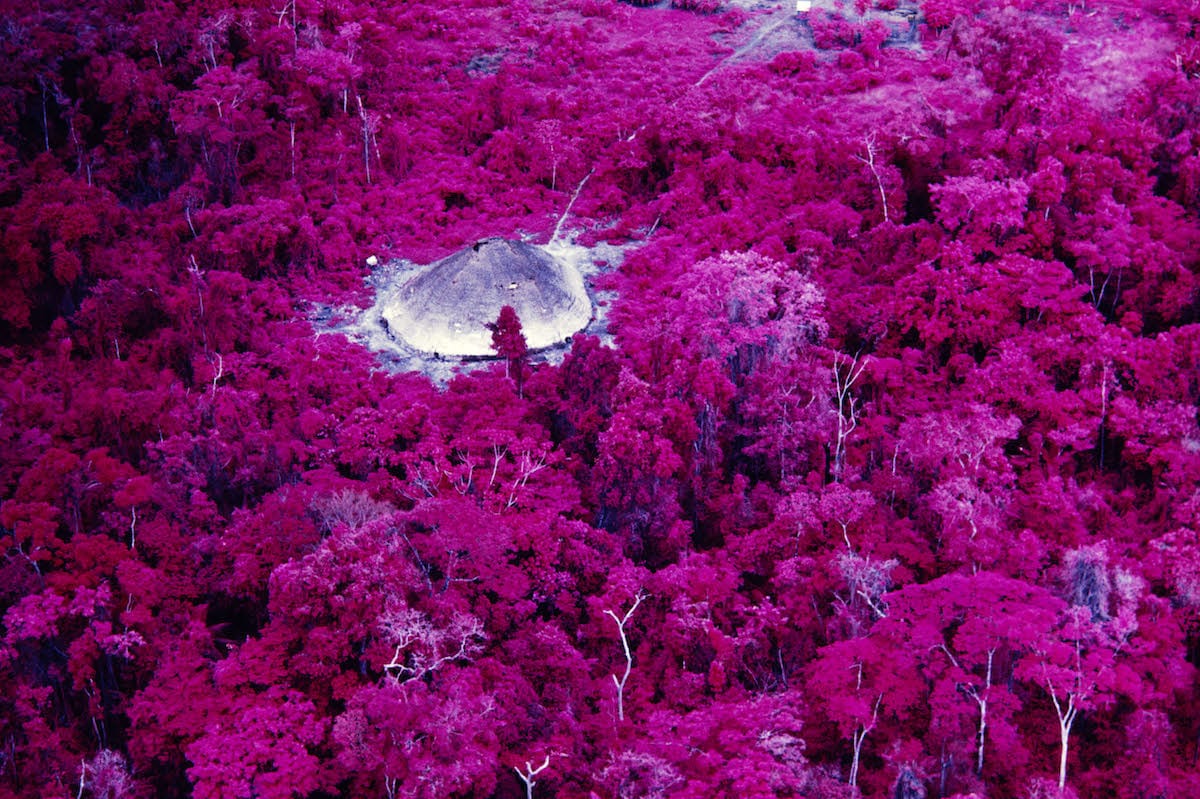
A monumental retrospective in Paris provides an urgent insight into the culture of one of Brazil’s largest indigenous groups and Andujar’s relationship to it

Our first issue of 2020 is devoted to the Barbican’s forthcoming show on how masculinity is coded, performed, and socially constructed
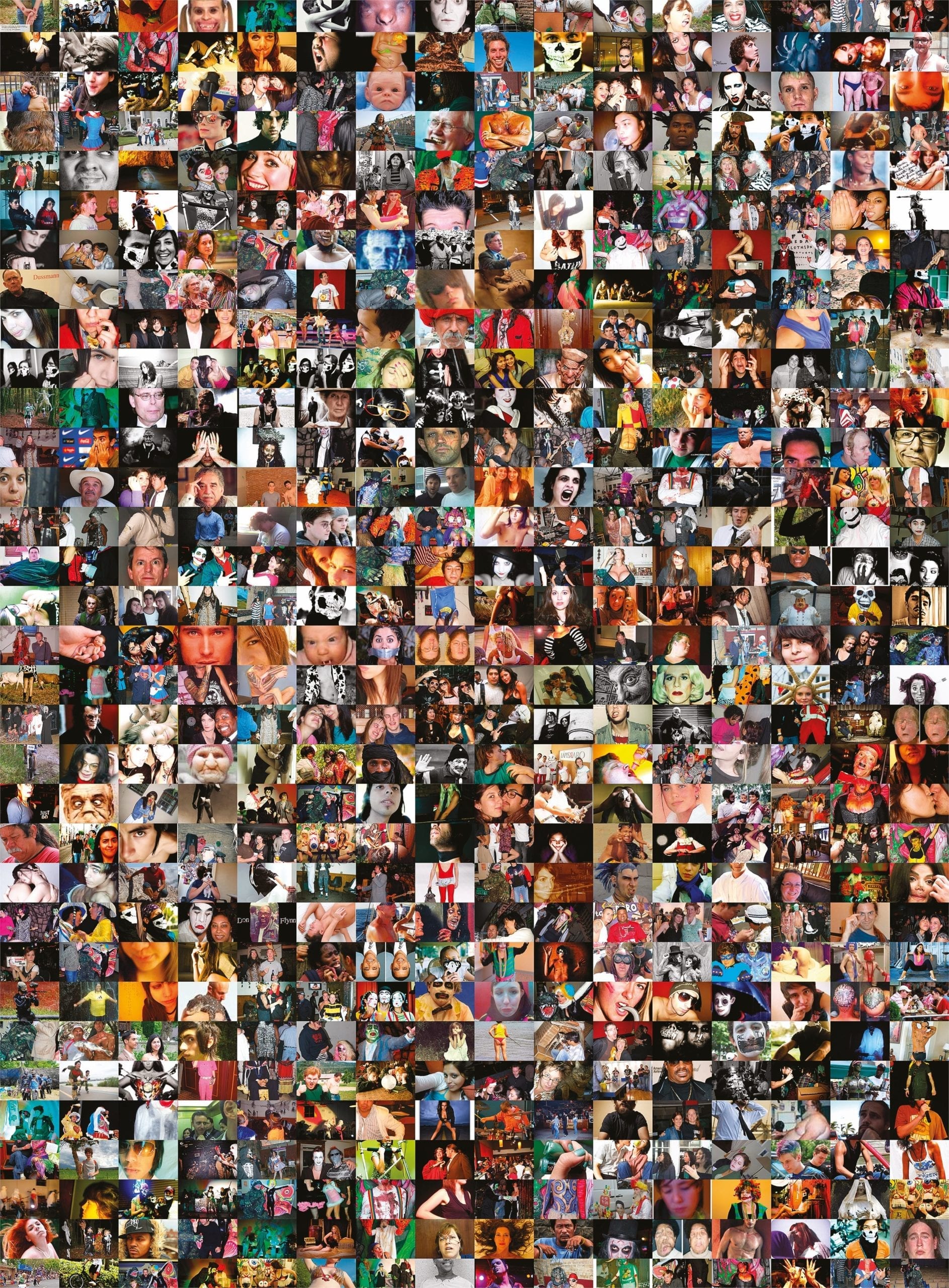
As machines are trained to see without human intervention, Trevor Paglen looks at the hidden prejudices and bias inherent in AI with a new Barbican exhibition
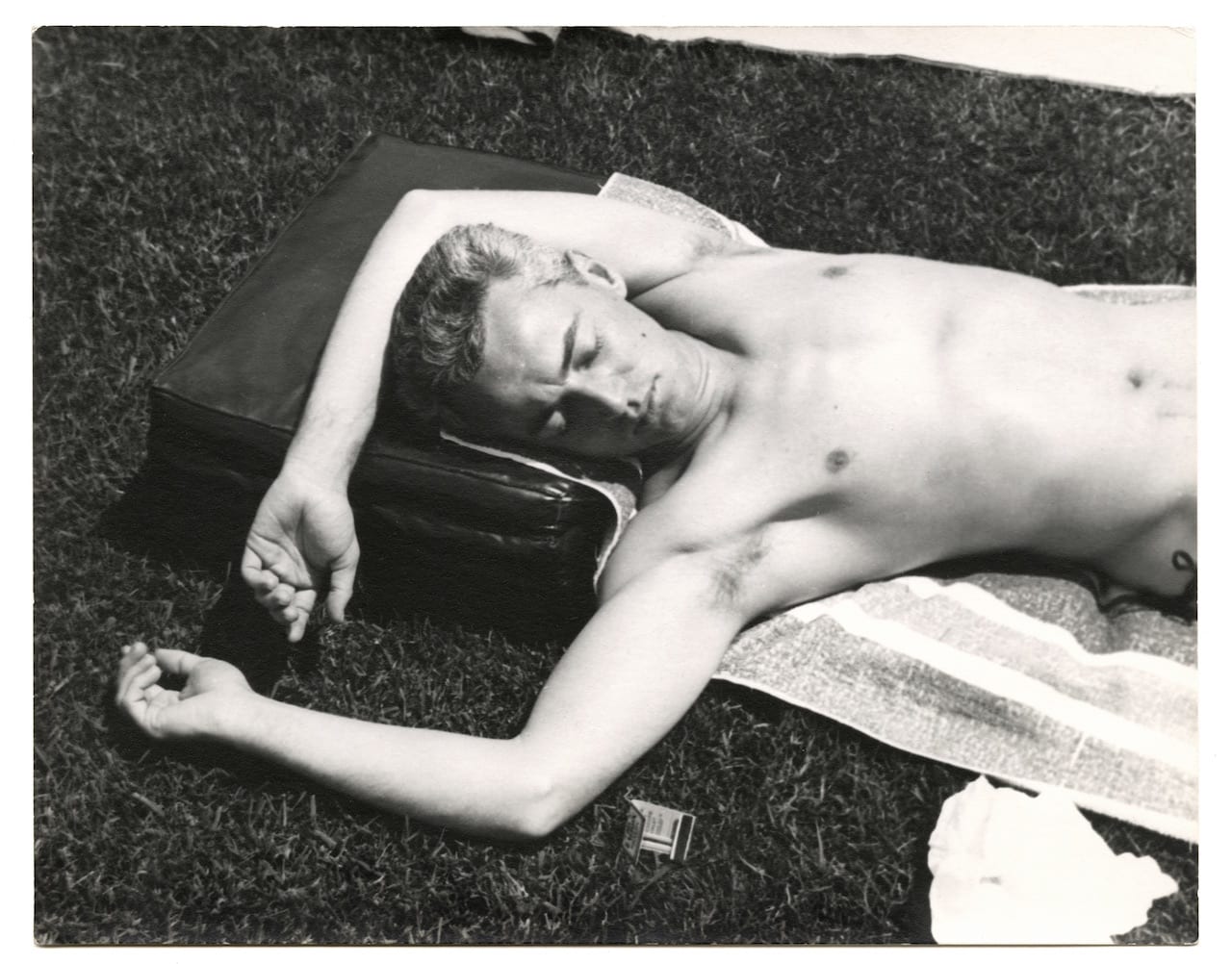
“From the 1890s through to just after the Second World War, modern artist couples forged new ways of making art and of living and loving,” Jane Alison, head of visual arts at London’s Barbican, says. She’s putting the final touches to Modern Couples: Art, Intimacy and the Avant-garde – a mammoth endeavour that examines how the work of individual artists and writers was shaped by the relationships they embarked on with each other.
The show spans painting, sculpture, literature, dance, music, architecture and photography, and includes ephemera such as personal photographs and love letters alongside artworks. It’s also far from a cursory look at the history of art’s favourite romantic pairings. The likes of Virginia Woolf and Vita Sackville-West, or Frida Kahlo and Diego Rivera, have their part to play here, but so do lesser-known affiliations, from Claude Cahun and Marcel Moore to George Platt Lynes, Monroe Wheeler and Glenway Wescott, whose enduring ménage à trois turned their travels around Europe into an intensely fruitful creative experience.

Our annual portrait edition returns with Jono Rotman’s photographs of New Zealand’s most notorious biker…
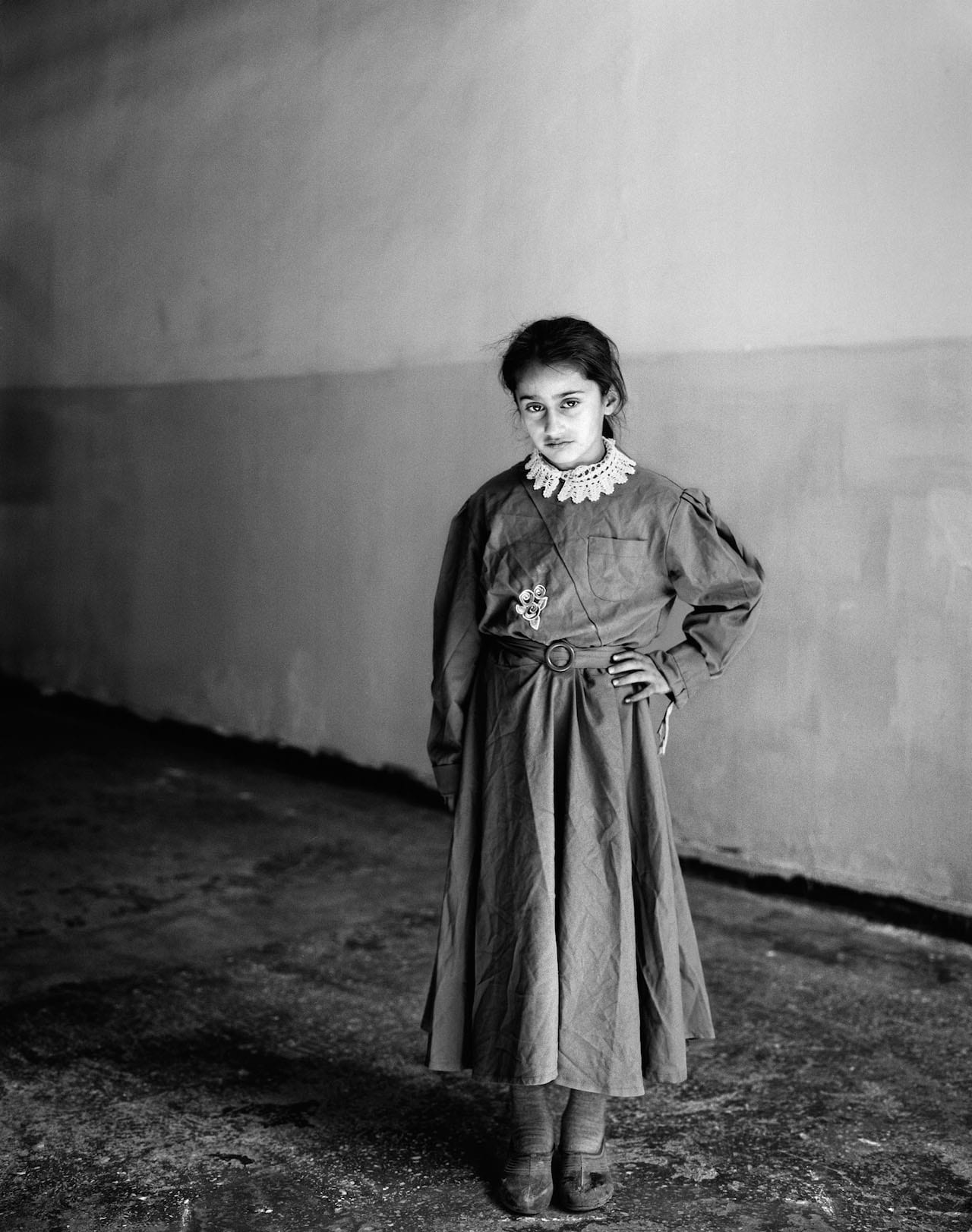
“It asks, inevitably, questions about who we are. Who we are in Britain, or who we are in the world. It asks questions about legacy, my own life, and cycles; the very folding of time,” says Vanessa Winship of her latest project, the ongoing series And Time Folds. “It’s difficult to say exactly what it is about because I don’t really know what it will end up being,” she adds.
Winship was the first woman to win the prestigious Henri Cartier-Bresson Award back in 2011, and she now has a major solo show opening at London’s Barbican Art Gallery on 22 June, also titled And Time Folds. It features over 150 photographs including previously unseen projects and archival material; it also includes her newest series, a mixture of “completely different, random formats” and found objects, inspired by her granddaughter and “how she frames herself in the world in relation to seeing, hearing and touching”.
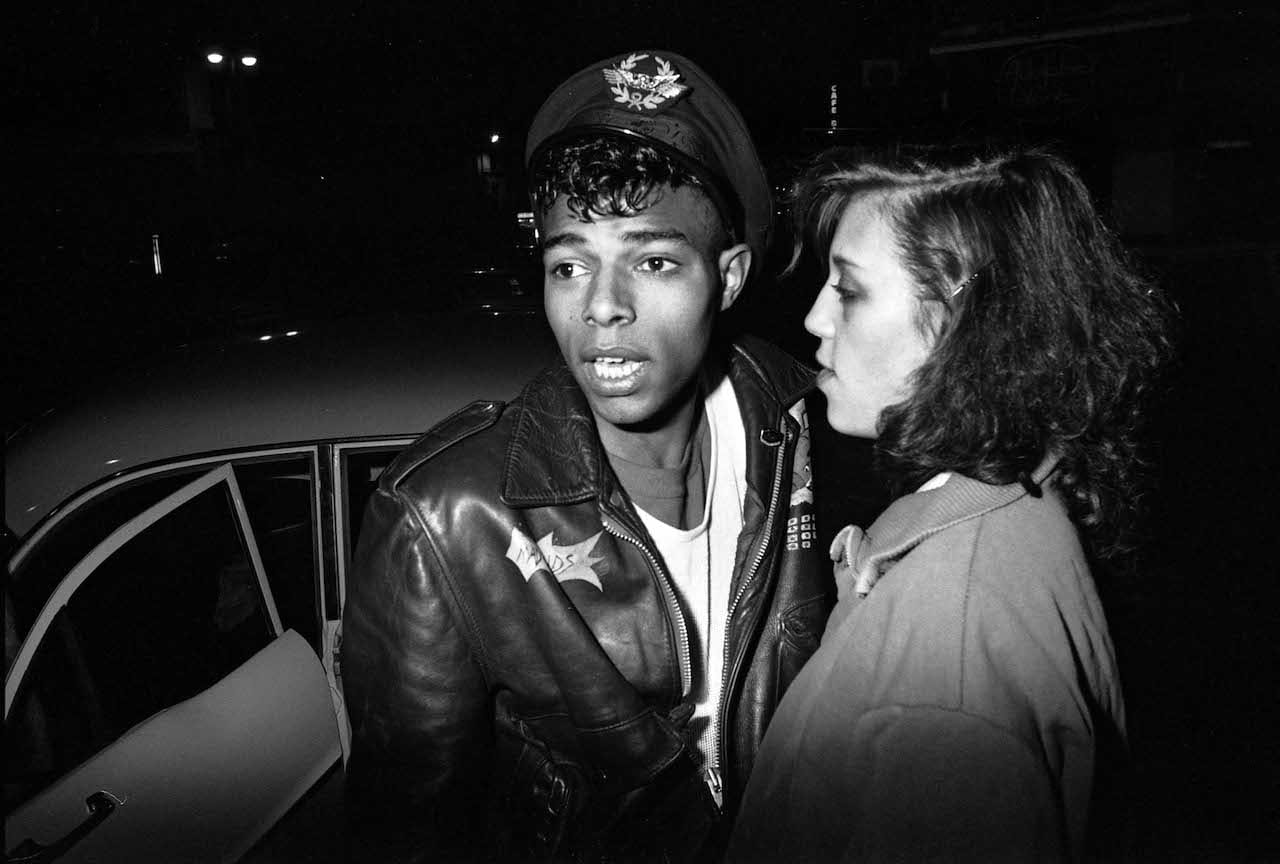
“They’re all driven by motivations that are both personal and political to a degree, and they are all self-initiated projects,” says curator Alona Pardo of the photographers in the show Another Kind of Life: Photography on the Margins. “Some may have started as commissions, but very early on took on a life of their own. It was interesting to think about the role of the photographer, because often the photographer hides behind the camera as a facade. There is also an interesting subtext of the photographer occupying the position of an outsider within mainstream society. They are there, assertively documenting the world.”